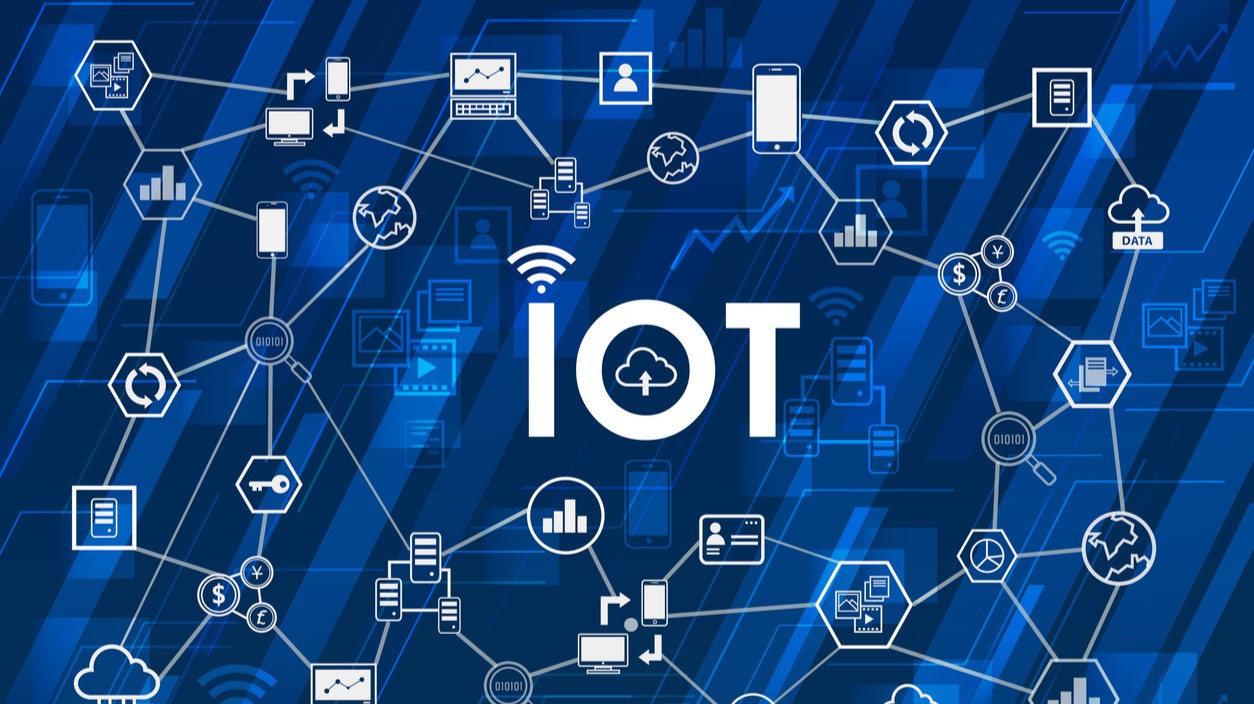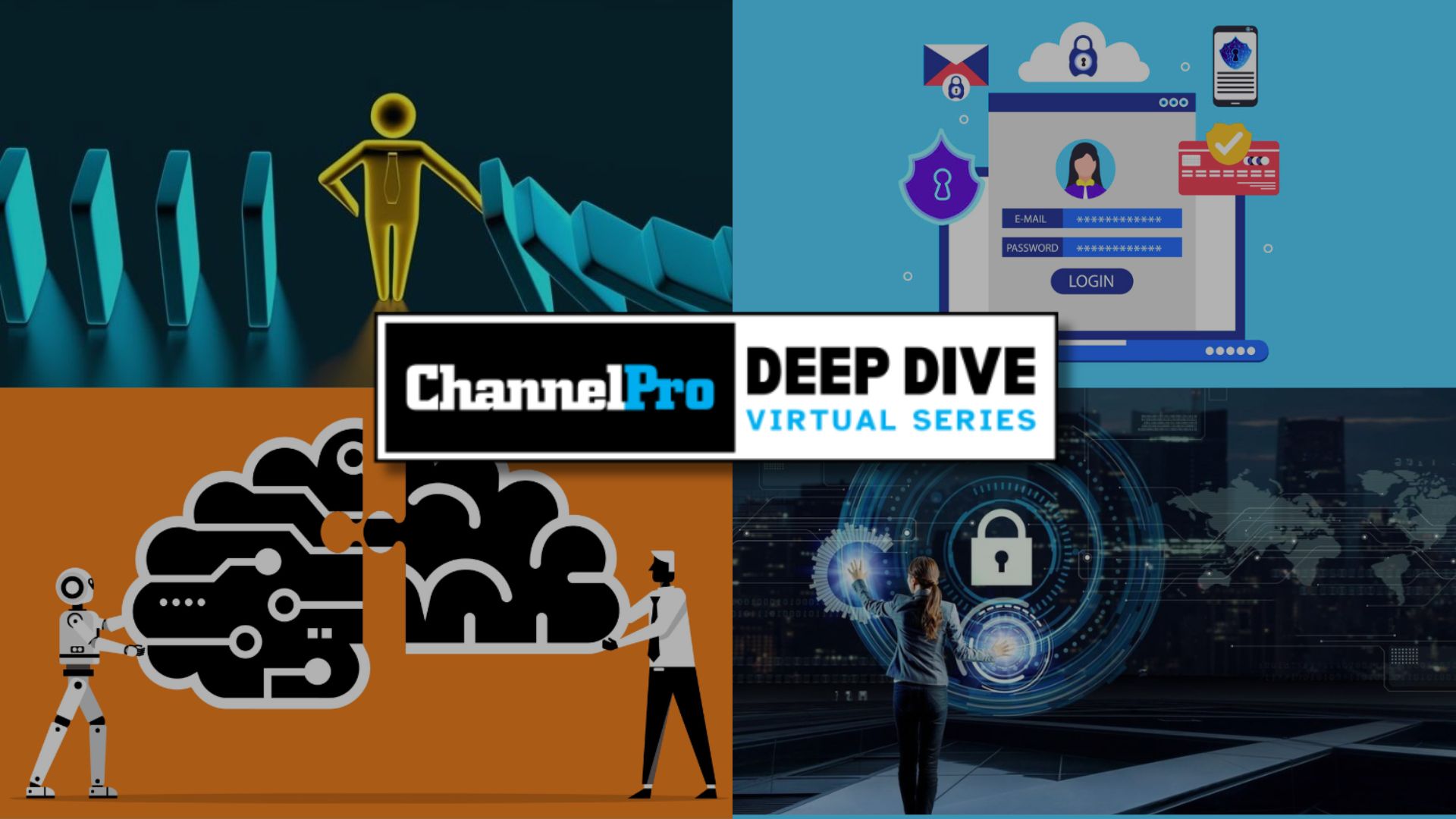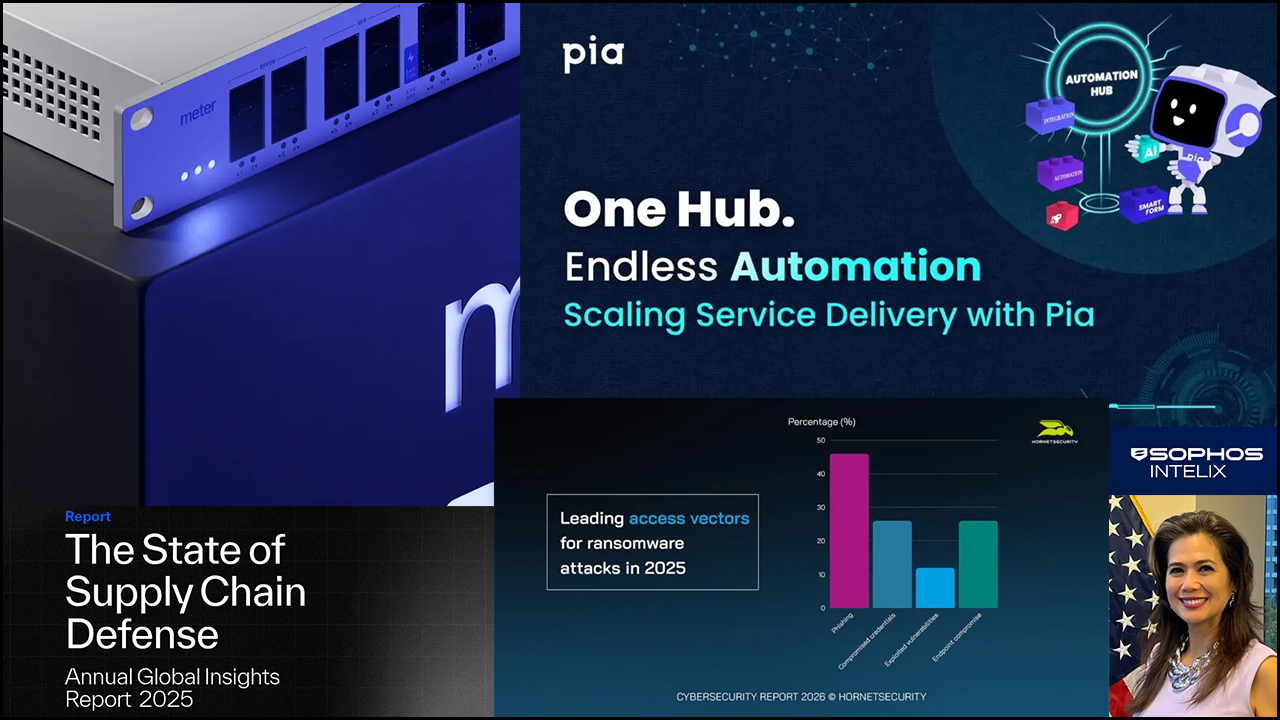When it comes to global technology vendors, new sales leaders inevitably mean new sales organizations, and new sales organizations inevitably mean partner program changes.
Partners have nothing to fear from the changes coming their way from HP, though, according to Christoph Schell, the company’s recently installed chief commercial officer. All of them will make working with the company easier.
“It is all about simplification of engagement,” said Schell in an interview on the latest episode of the ChannelPro Weekly podcast.
Schell, who’s post is a newly created one that he officially stepped into at the start of HP’s fiscal year last November, sits atop a restructured global sales team split into 10 markets, instead of three global regions like before. Each market is led by a managing director who reports directly to Schell. The Americas market is headed by Stephanie Dismore, formerly HP’s Americas channel chief.
“We own the revenue and the margin for the company, so that’s obviously from an accountability point of view a very important piece,” says Schell of the organization he now directs, adding that relaying customer feedback to the company’s product units is an additional responsibility.
“Our job is to really make sure that we understand what value propositions our customers want from us across the entire hardware and service portfolio of HP, and once we understand that, make sure that our partners are able to deliver it,” explains Schell, noting that some 88% of HP revenue flows through the channel at present.
Members of that channel, he continues, can expect HP’s new sales structure to produce both greater consistency regarding priorities and policies, and greater flexibility to accommodate local conditions.†
“We have 10 markets because we understand that there is not a one-size-fits-all model,” Schell says. “Each market has its own culture, has its own set of competitive realities, [and] operates sometimes in different ecosystems.”
Wherever possible, though, Schell plans to align the requirements and rewards offered worldwide to members of the company’s partner program. “We want to be fairly transparent about what is important to us and how a partner can maximize the relationship and engagement for their own business with HP, and we want that to be consistent,” Schell says.
Decisions on what those new global requirements and benefits will look like are still pending, he continues, but members of HP’s partner advisory council will get a first glimpse of them in March. Based on their feedback, Schell’s team will adjust its initial plan and officially roll out the revised partner program on May 1st, the midpoint of HP’s 2020 fiscal year.
Other priorities for Schell during his early months in his new role include driving sales of products from HP’s personal systems and print divisions. Contrary to popular belief, he emphasizes, there’s still plenty of upside for the laptops, all-in-ones, and other products sold by the former of those two units, despite the PC segment’s maturity.
“I see growth in this personal systems market, which is something that not everybody assumes is possible. But we do see growth and we see consistent growth,” Schell says. The increasingly blurry lines between systems aimed at consumers and those aimed at business users, he adds, will help fuel that growth.†
“There is no commercial- and consumer-centric customer anymore. They are all one, and you need to have technology devices that allow you to work but also to have fun and to manage your private life,” Schell says. “Entertainment is something that will be part of this category, even from a commercial point of view. I do see a lot of opportunity to upgrade and to have customers wanting to upgrade because they want to have a better experience when they consume [entertainment].”
Indeed, many of the PCs that HP showcased at this year’s CES combine business-friendly and consumer-oriented features. For example, the HP Elite Dragonfly, a lightweight 2-in-1 with long battery life and built-in security features like HP’s Sure View Reflect privacy system, also comes with a four-speaker Bang & Olufsen audio system designed to deliver immersive sound to users when they watch video or listen to music.
Schell calls HP’s Device as a Service program a key mechanism for encouraging buyers to invest in such products. Introduced in 2016, that purchasing option allows end users to turn hardware upgrades from an occasional capital outlay to an ongoing subscription-priced operating expense.†
“That is a much more sticky engagement that we have an opportunity to own,”†Schell says, adding that HP has deep experience with contractual purchasing relationships through the consumables programs long offered to its print customers.
“HP knows fairly well how to manage this transition from transactional to contractual, and we also have the systems, the software, and the workflow available to us, and we’re bringing all of that into personal systems,” Schell states.
To date, he continues, large businesses have been more prone than SMBs to take advantage of as-a-service buying.†
“The adoption has been definitely more advanced in the enterprise then in SMB,” Schell observes. “I think this comes back to buying behaviors of SMB, but it also comes back to SMB sometimes just not being educated as well as enterprise customers are educated, either in house or through special focus that they get from vendors like us or our partners.” Closing that gap is a top priority for 2020 and beyond.
“On SMB, the opportunities are huge,” Schell says.
Without divulging details, Schell suggests that HP’s print unit has changes in store this year aimed at using purchasing and preference data to offer customers personalized combinations of print hardware, supplies, and services.
“There are three knobs that we can dial differently in order to make sure that the outcome to our customers is what they want, but in order also for our partners and for ourselves to participate profitably in this category,” he says. “Different markets will have different rollouts off this strategy, but you should all look out for in fiscal year ’20, so in calendar year ’20, to see changes in how we operate from a technology point of view, but then also from a go-to-market point of view, and more of that will be shared with our partners and obviously with our customers throughout the calendar year.”
Schell shared further thoughts about the significance of 5G networking, partner opportunities in 3D printing, and more in his interview, along with personal reflections on topics ranging from The Mandalorian to his favorite travel destination in his native Germany. Click here and go to the 1:12:30 mark to hear the entire conversation.














